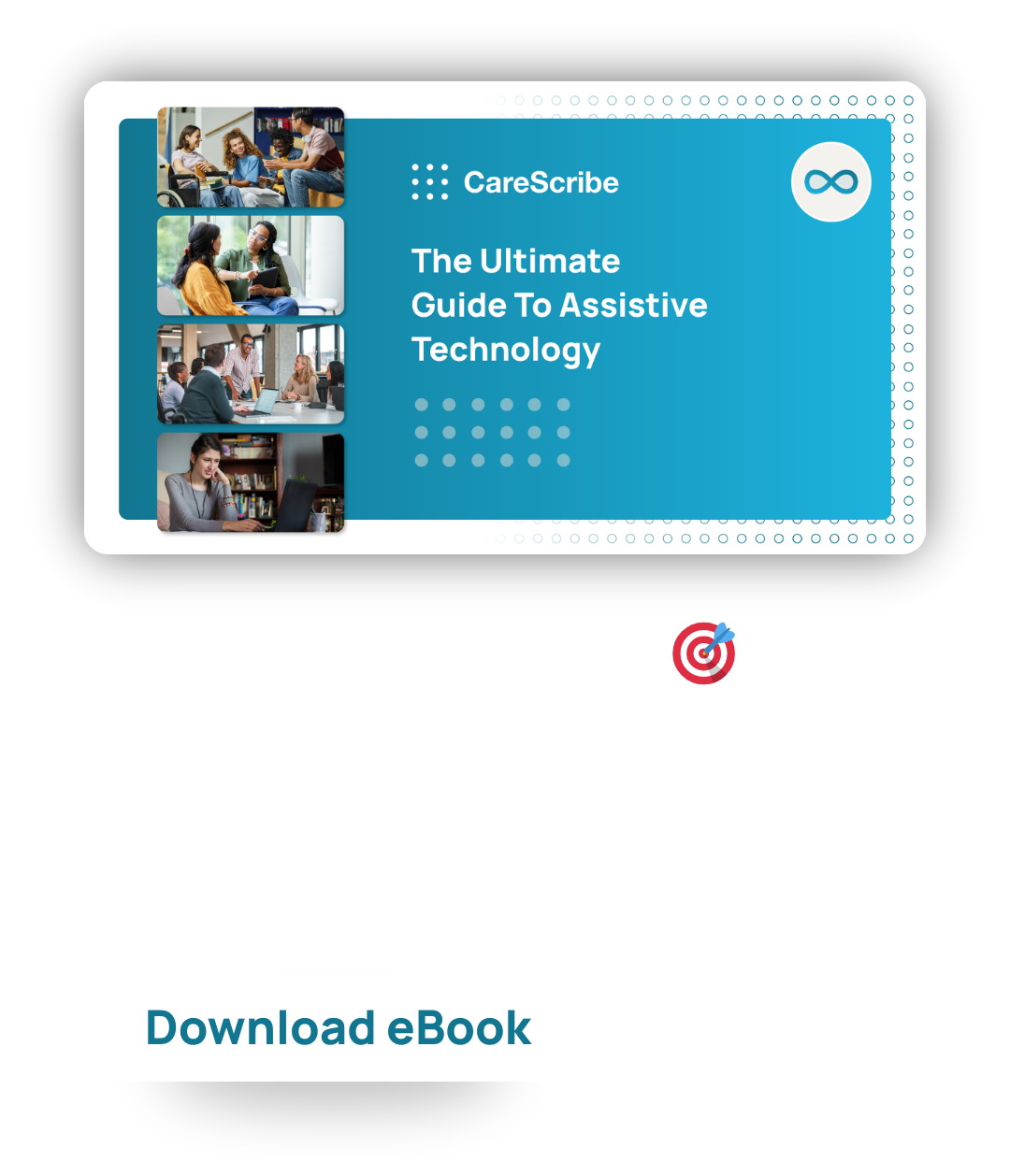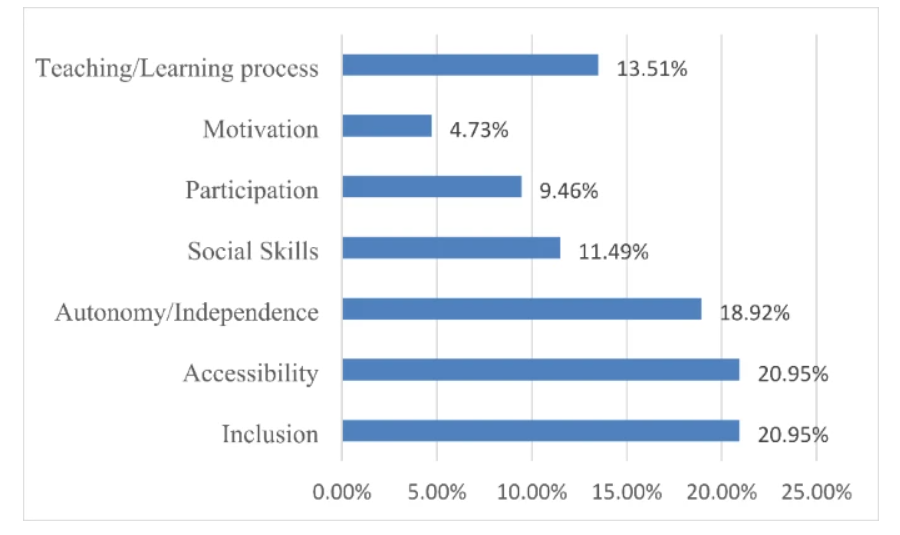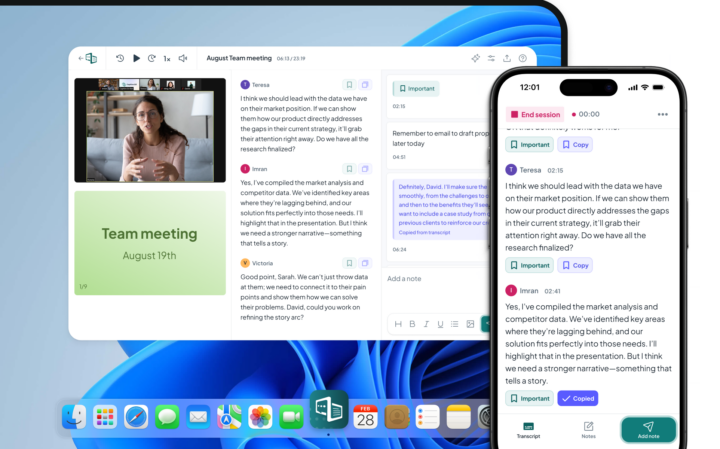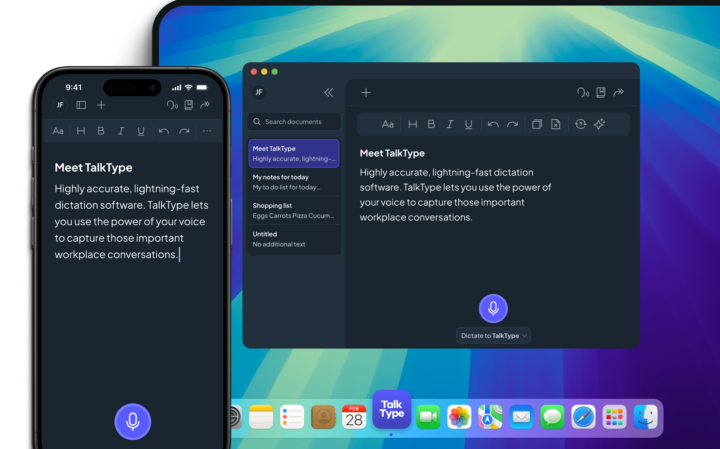The benefits of Assistive Technology run far and wide. From boosting cognitive function to closing learning and language gaps, Assistive Technology is an effective method for increasing workplace equity, boosting learning, and improving your bottom line.
What Is Assistive Technology and Who Uses It?
Assistive Technology is an umbrella term for physical tools, products, and digital systems that help people with disabilities to carry out tasks. AT helps people overcome disabilities and neurodivergent conditions including dyslexia, dyspraxia, hearing and vision loss, reduced cognitive functioning, and movement problems.
People from every walk of life need AT to increase their engagement at work or in education. The WHO suggests 2.5 billion people currently need support from AT which will rise to 3.5 billion by 2050. This figure includes children and adults with disabilities or neurodivergence but also older people and individuals with long-term health conditions like dementia.
In 2020, almost 50% of students reported a disability in the UK. Many students depend on AT tools like captioning software or ergonomic devices to access learning. But the use of captioning isn’t limited to people with disabilities since data suggests 80% of 18-24-year-olds turn on subtitles to absorb information faster.
Types of Assistive Technology include:







